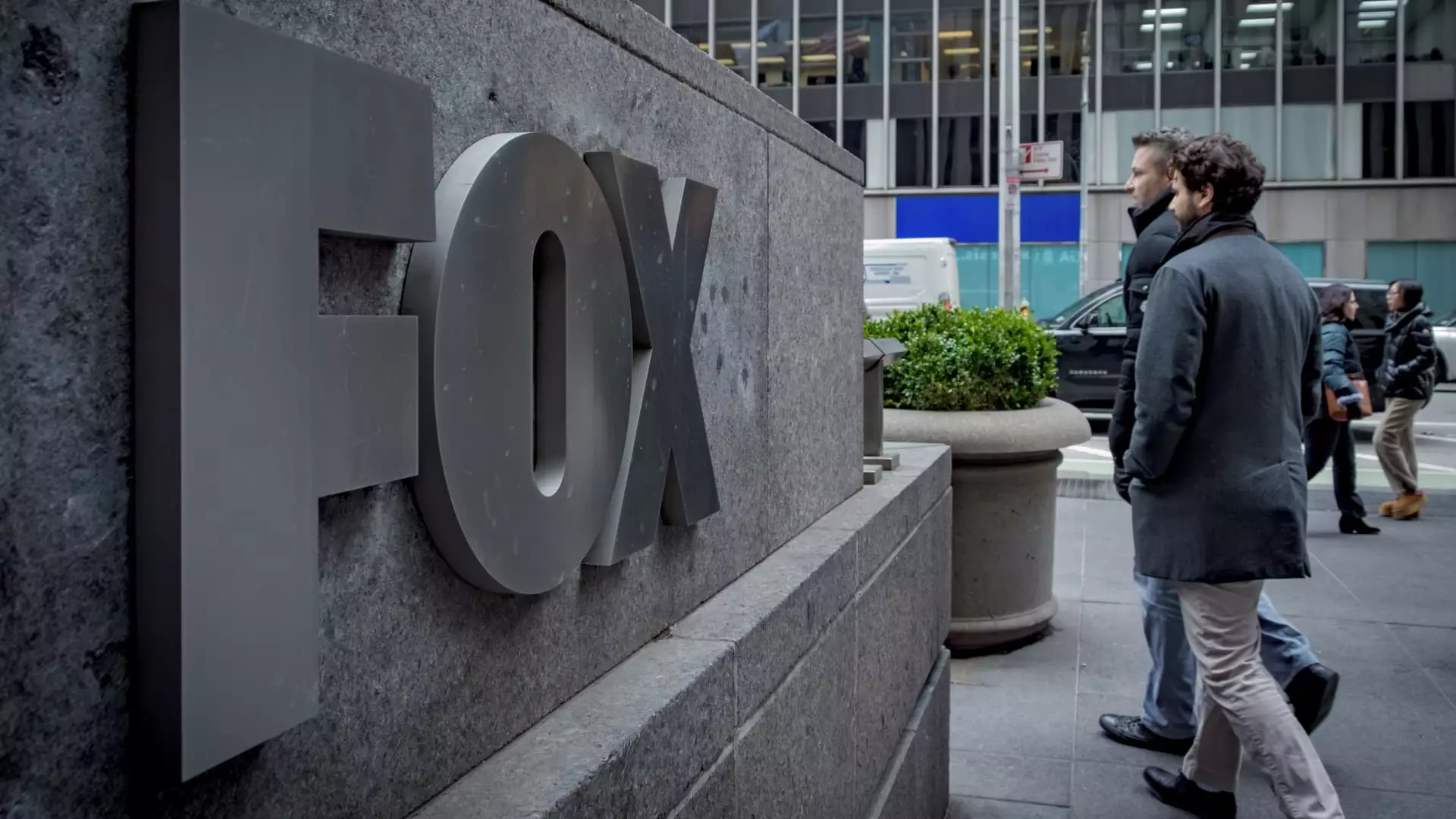In an era where streaming has become the dominant mode of content consumption, Fox Corporation’s recent announcement of Fox One reveals a noteworthy reluctance to fully embrace the digital revolution. Rather than innovating with compelling, exclusive content, Fox is sticking to a cautious and conservative approach, leaning heavily on its existing linear assets—sports and news—while offering a streaming product that feels more like a defensive shield than a bold forward step. This hesitance raises a critical question: Is Fox truly committed to competing in the streaming space, or are they merely patching together a superficial solution that panders to existing subscribers without fostering meaningful growth?
Fox One’s pricing strategy is a case in point. At $19.99 per month, it’s priced higher than many streaming competitors, especially considering that it offers no exclusive or original programming. Instead, the service is built on the foundation of content that viewers can already access through traditional television or other platforms. Such an approach signals a lack of confidence in the value proposition of Fox’s streaming ambitions—highlighting a potential miscalculation that could leave the company trailing behind more innovative rivals like ESPN+ or even Disney+, which invests heavily in original content to attract subscribers and create brand loyalty.
This cautious stance is even more revealing when considering Fox’s limited content portfolio. The company’s decision to avoid heavy investment in streaming-exclusive rights and original programming suggests an economic calculation rooted more in cost-cutting than in growth strategy. It appears Fox is content with residual revenues from sports and news, knowing these segments are relatively stable but also increasingly commoditized. The absence of original content, combined with minimal investment in exclusive streaming rights, might lead to a scenario where Fox fails to differentiate itself, rendering Fox One a mere add-on rather than a transformative platform.
Economic Pragmatism or Strategic Shortsightedness?
From an economic perspective, Fox’s approach has merits. Limiting Overhead costs and avoiding aggressive bidding wars for streaming rights could preserve margins in the short term. The decision to price Fox One at a “healthy” rate aligns with a cautious approach to maintaining profitability amid an uncertain market. However, such restraint comes at a significant risk: it diminishes Fox’s ability to build a loyal, expanding subscriber base and hampers its capacity to innovate within the digital space.
Fox’s leadership seems to understand this tension but is ultimately choosing to prioritize stability and cost control over aggressive growth. While this approach may protect shareholder value in the short run, it risks ceding ground to competitors who are more willing to invest in original content, exclusive rights, and innovative delivery methods. The streaming landscape is increasingly competitive and fast-moving, and a strategy rooted solely in repurposing existing assets may be insufficient to sustain relevance. The company’s strategy to keep Fox One “very targeted” and to avoid disrupting the broader pay TV ecosystem seems like a double-edged sword—protecting traditional revenue streams at the cost of long-term digital competitiveness.
Furthermore, Fox’s decision to consider bundling Fox One with other streaming services, rather than developing it as a standalone powerhouse, suggests an understanding of its limitations within the digital ecosystem. Such bundling might provide initial visibility and some additional subscribers but won’t necessarily foster deep engagement or subscription loyalty. It’s a band-aid solution that underscores a lack of confidence in the standalone potential of Fox One to thrive on its own.
A Missed Opportunity for Leadership
By holding back from investing heavily in exclusive, original programming, Fox risks being perceived as a laggard rather than a leader in the digital age. This approach suggests they underestimate the importance of content as a differentiator in the crowded streaming universe. While stable revenue from sports and news provides a backbone, these segments alone are insufficient to sustain a competitive foothold against newer, more innovative streaming providers.
Fox’s cautious stance may stem from a desire to minimize risk and avoid alienating traditional pay TV partners, but this conservative approach ultimately hampers its ability to seize new opportunities. If Fox wants to remain relevant, it must recognize that digital dominance requires more than just repurposing old content; it demands innovation, ambition, and a willingness to invest in stories and formats that resonate with modern viewers. Anything less risks relegating Fox to a secondary tier in the streaming hierarchy, unable to contend with the likes of Disney, Netflix, or Amazon, which understand that content is king and are willing to stake their future on it.
Until Fox shifts from a defensive posture to an aggressive pursuit of digital-first content, Fox One remains a cautious footnote in the streaming revolution—a mediocre solution lacking the ambition necessary to thrive amid fierce competition.

